It started with a question
asked here a few months ago –“Ever realised you say you write about something (really believe that you do, in fact) but actually you don’t?”
Well, well, well…
This Substack is called Another World is Possible. You may already know this of course, as the name appears at the top of every email I send, including this one. But honestly, it’s fine if you couldn’t remember, because I seem to forget too!
recently wrote that “without a clear sense of ‘why’, creative work can drift.” And this, my friends, is exactly what’s happened here.I forgot why I started.
‘Another world is possible’ is first and foremost a slogan – one I saw on hand-drawn placards at climate strikes, one I chanted, along with dozens of other voices, one I even made into a spoken word poem.
Every so often, here or in comments on other writers’ posts, I mention my experiences in eco activism – which really lasted the guts of two years, from training as a Cool Planet Champion in late 2018, to stepping back from all of it, deflated and disheartened, in 2021.
For five years prior to that, I blogged here in two languages about our family outdoor adventures in Ireland and beyond (a habit formed during our three years living in Denmark, but that’s a story for another day). I wanted to share, in words and in photos, the beauty of the Irish landscape – not as an amenity, not on another family travel blog, but something much deeper and wilder.
Then I woke up to the climate emergency. This was 2018, the year of the IPCC report starkly warning that things must be turned around within 12 years. Suddenly, I couldn’t see how raising nature-loving children could make a difference in the limited time we had left. What was the point of advocating for nature connection when the natural world was already collapsing around us?
I threw myself into climate activism. Fired up by Greta Thunberg’s searing speeches, I organised four school strikes for climate – the first of which led the Irish parliament to declare a climate and biodiversity emergency in May 2019 – and joined countless community groups and actions locally, even attempting to start a new grassroots movement that would have seen Greystones and the wider area become a National Park City.
In the frenzy of it all, I forgot why I started.
It was only during covid, when all activism ground to a halt, for me at least, that I managed to step out of this innately violent system that insists I cannot stop or the world will end – then leaves me burnt out, having made no difference whatsoever, always back to square one.
Yes, the times are urgent. But change-making shouldn’t be extractive work. As writer and philosopher Bayo Akomolafe says, “the way we deal with the crisis is the crisis” – which is to say, activism as it's usually understood and practiced is extractivist in nature. We must let go of the idea that, to change the world, we have to exhaust ourselves in the process, as this only perpetuates the status quo. Extractivism in all its forms is the very thing we must upend for ‘another world’ to not only be possible, but become a reality.
Nowadays, I call myself a reformed climate activist.
In the blurry midst of covid lockdowns, I took to writing about my sunrise swims. My journals soon filled with shimmering accounts of copper reflections of sunlight on morning sea, of bouncy swims and daring dives, of icy gusts and gasps and everyday miracles. Somehow, swimming had led me back to the page, and it turned out to be my best writing in quite some time.
I had begun remembering why I started.
All I ever wanted to be is a writer.
All I ever wanted to share is my connection to this achingly beautiful living world – the mountains, the trees, the water. We owe our very existence to the world’s hospitality – a complex entanglement of symbiotic relationships dispersing mycelium-like through the soil/soul of our beings.
“Let the children fall in love with the Earth before asking them to save her” was my blog’s tagline. All I ever wanted is to honour the beauty and the love, the loss and the grief (more on this here). Artists, writers especially, speak for the world, don't we, “for this world that has no words but ours”, as Ursula K Le Guin said. With every course and class and workshop I take to improve my craft, I learn how to write the love and the grief, to communicate the beauty I see, of a pink and blue morning sky, pommelé with the promise of rain.
It’s funny, Brian said after I cleared out the toy shelves from the living room, we’re spring cleaning in October.
I was reminded of
’s words in Cacophony of Bone –“How might we clear space, in the middle of such harrowing loss, to start anew – from our centre?”
I spent last weekend exploring the North Coast of Ireland with my friend
– a weekend of long, meandering heart-to-heart conversations, of swimming in the very sea that rocked the Children of Lir for 300 years, walking on the Carrick-a-Rede rope bridge over the mighty Atlantic breakers and between ancient volcanic outcrops, and seeing a complete rainbow over the Causeway Coast to close out our trip. And it felt like a clearing out to start anew, from my centre; it felt like setting the stage for the stories I want to tell.Which is to say, I began remembering why I started.
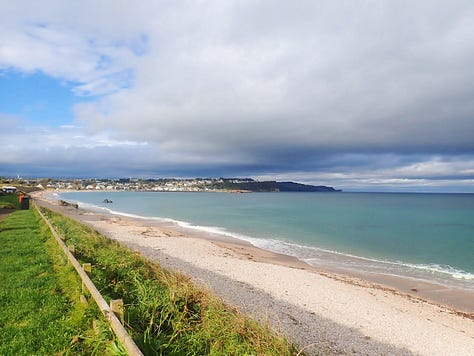
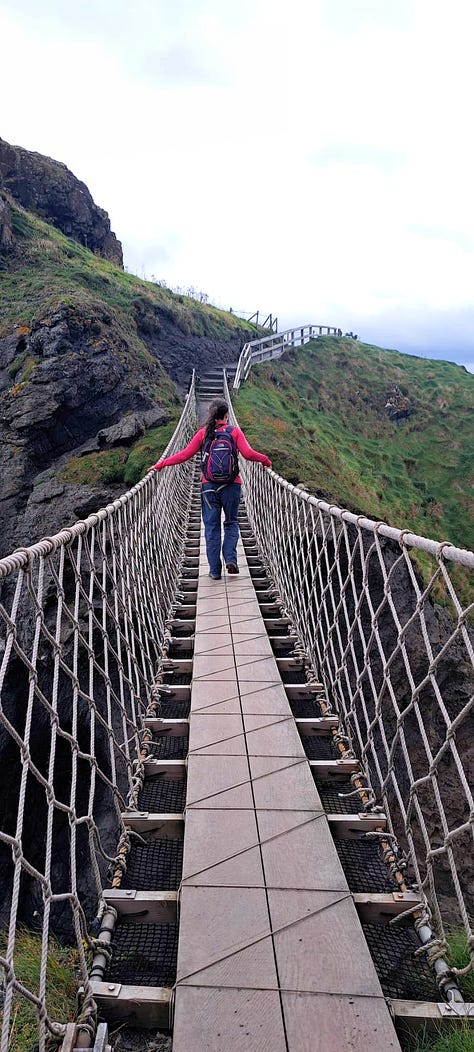
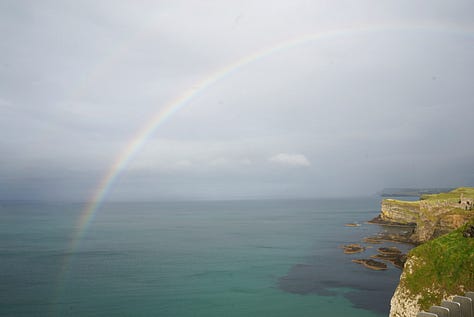
I’d bought a potted bunch of basil from the supermarket, which we tried to grow on the windowsill. When I came home on Sunday night, it had gone limp and died.
October, with its creeping yellows and marching reds, is of course not a season for growing, but for sowing instead – putting seeds in the soil, and trusting that they will come good in their own good time. But such is the state of my gardening skills that I’ve always associated autumn with endings, death and decay, rather than planting seeds for the future.
An osteopath recently reset a painful crick in my spine. How long was it stuck for, out of alignment, I couldn’t say. In a joint-cracking move so powerful it winded me, she released the clamp in the middle of my back, and I laughed as relief flooded my bones.
That same morning, Brian and I had attempted a sunrise-ish swim, but the sea was hyper – warm humid northeasterlies blowing over the water, bits of kelp floating where the waves curled over and broke, and the sea maniacally crashed and washed on the beach and the rocks and the steps.
Much like my waking up to the climate emergency back in 2018, so has the genocide in Gaza peeled the scales from my eyes as to the state of the world. It also has thrown me into a tailspin of doubt and powerlessness – what, after all, is the point of writing about my connection with nature and the beauty I see and my deeply rooted belief that all is fite fuaite, when day after day people inflict so much violence and suffering on each other and on the world?
After my osteopathy appointment, I went to look at the sea in the sunshine. I breathed in deep lungfuls of briny air, fizzing with sea spray and warm stormy winds, and words I’d heard on a podcast1 echoed in my head:
“The Great Turning is in us.
It requires us to focus on building and nurturing the world we want, even as what we don’t want continues and accelerates around us.”
Slowly, but determinedly, I am breaking out of the good girl shackles – my need for external validation, my imposter syndrome, my fear of being shot down for speaking up. Writing inside the lines drawn for me, the invisible lines drawn to contain and control me, and all of us, by white capitalist patriarchy, only serves the story of Business-as-usual. Which is a story of genocide and ecocide. Which means writing inside those lines makes me complicit.
Over 16,000 children have been killed in Gaza since October 7, 2023, and this is likely a gross underestimation.
In 1923, Kahlil Gibran2 published a poem called On Children –
You may house their bodies but not their souls,
For their souls dwell in the house of tomorrow, which you cannot visit,
not even in your dreams.What might it mean when children’s bodies, instead of being housed, are blown to pieces, ripped apart, burnt alive? What of their souls? Does the house of tomorrow crumble in a plume of dust and smoke?
In these times of great unravelling, there is a vulnerability in believing that another world is possible, in daring to imagine something so tender and precious, in committing my life to such a wild improbability. My children and my words are my commitment and contribution of care and love to the Great Turning, my wish and my prayer for a future I want so bad it hurts – a future I cannot ever visit, not even in my dreams.
This is why I started.
Thank you for joining me here and reading my words – it means the world!
Much love,
Annette
Enjoyed this piece and want to support my writing? Become a paid subscriber today. Or you can opt for a one-off gift here.
You can also “like” my posts by tapping the heart icon, share them on Substack Notes or other social media, and/or send them to a friend.
Disclosure: Buying any of the books recommended in this post may earn me a commission from Bookshop.org, whose fees support independent bookshops.
The podcast is called We Are the Great Turning, hosted by eco-spiritual teacher Joanna Macy and her friend and longtime activist Jess Serrante.
Kahlil Gibran (1883–1931) was a Lebanese-American writer, poet and artist, best known for The Prophet, a collection of prose poetry fables published in 1923.



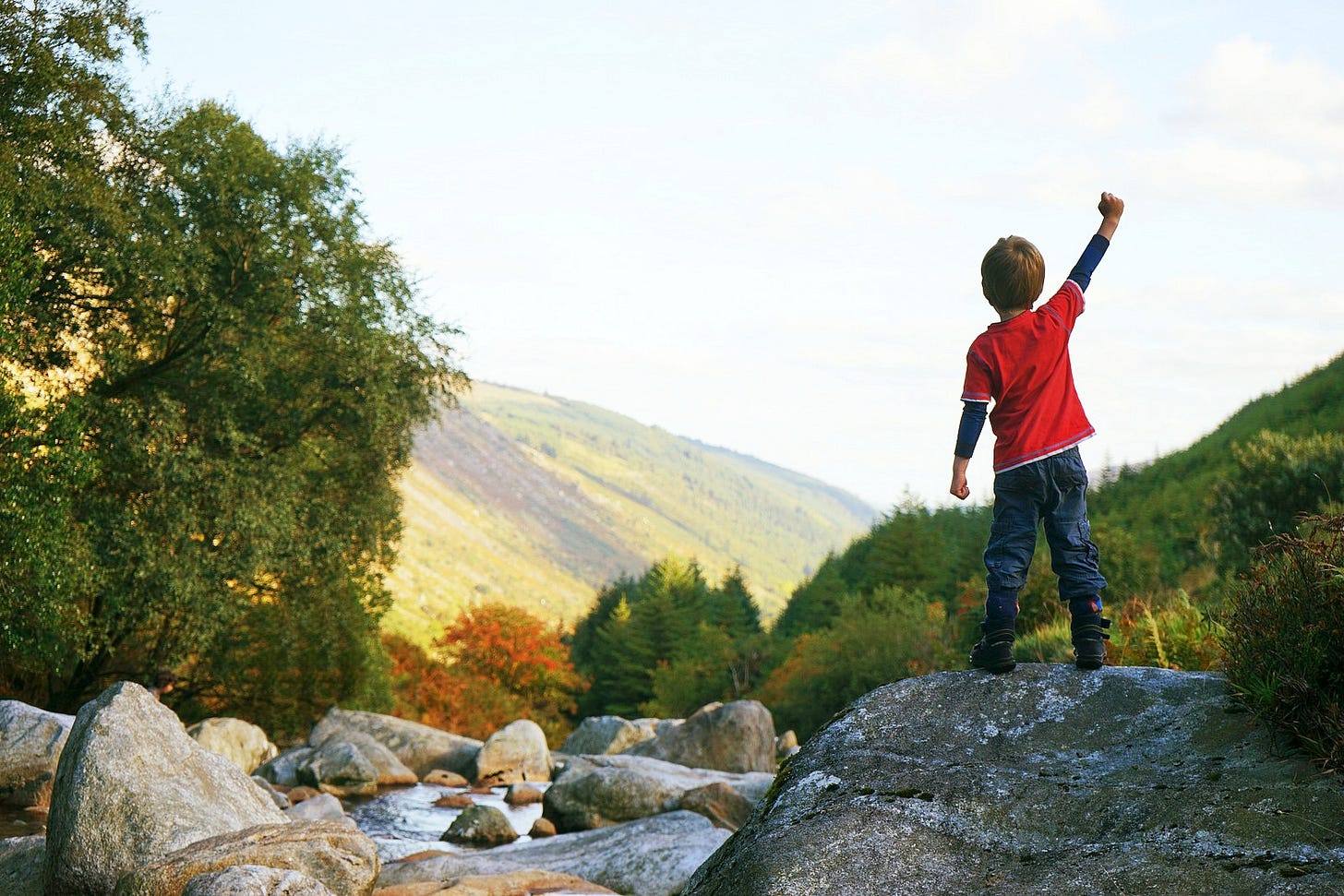

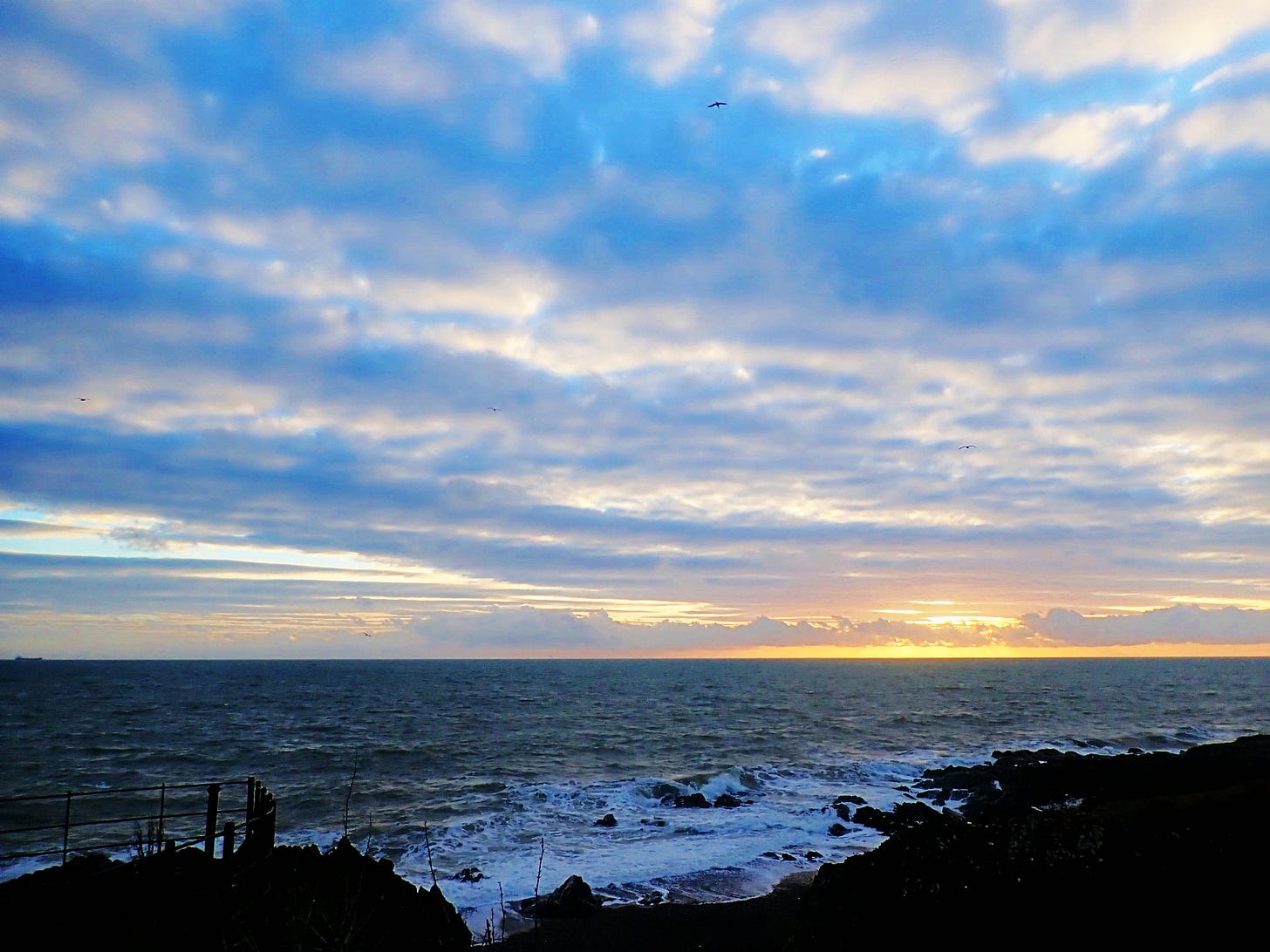


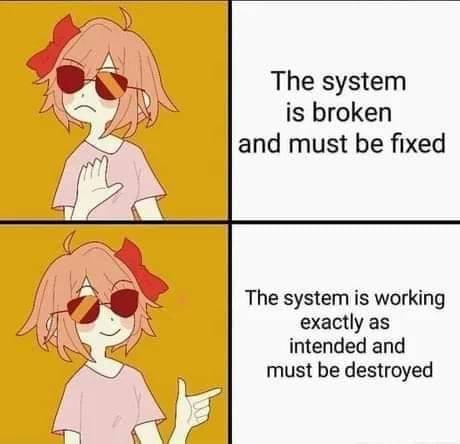
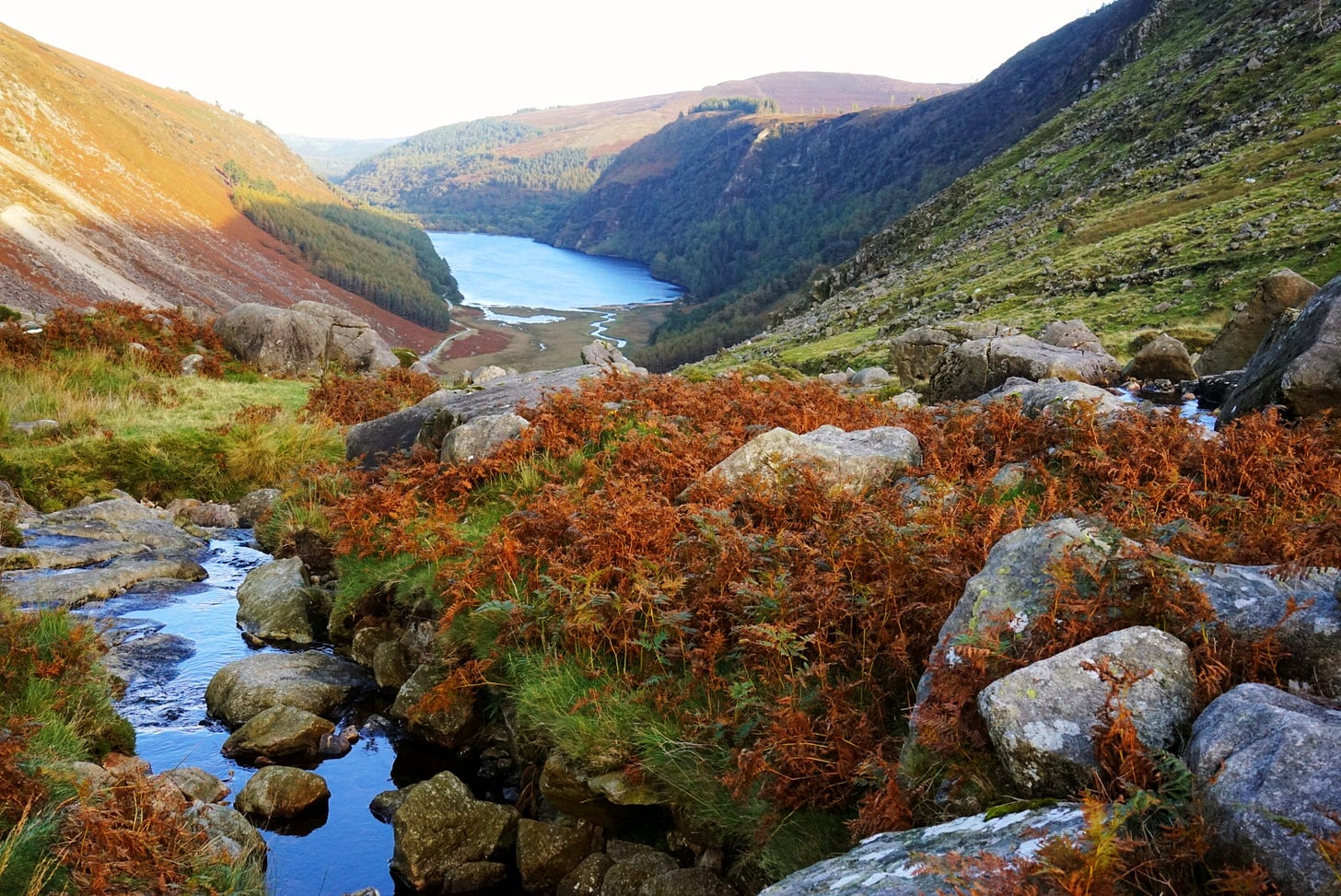

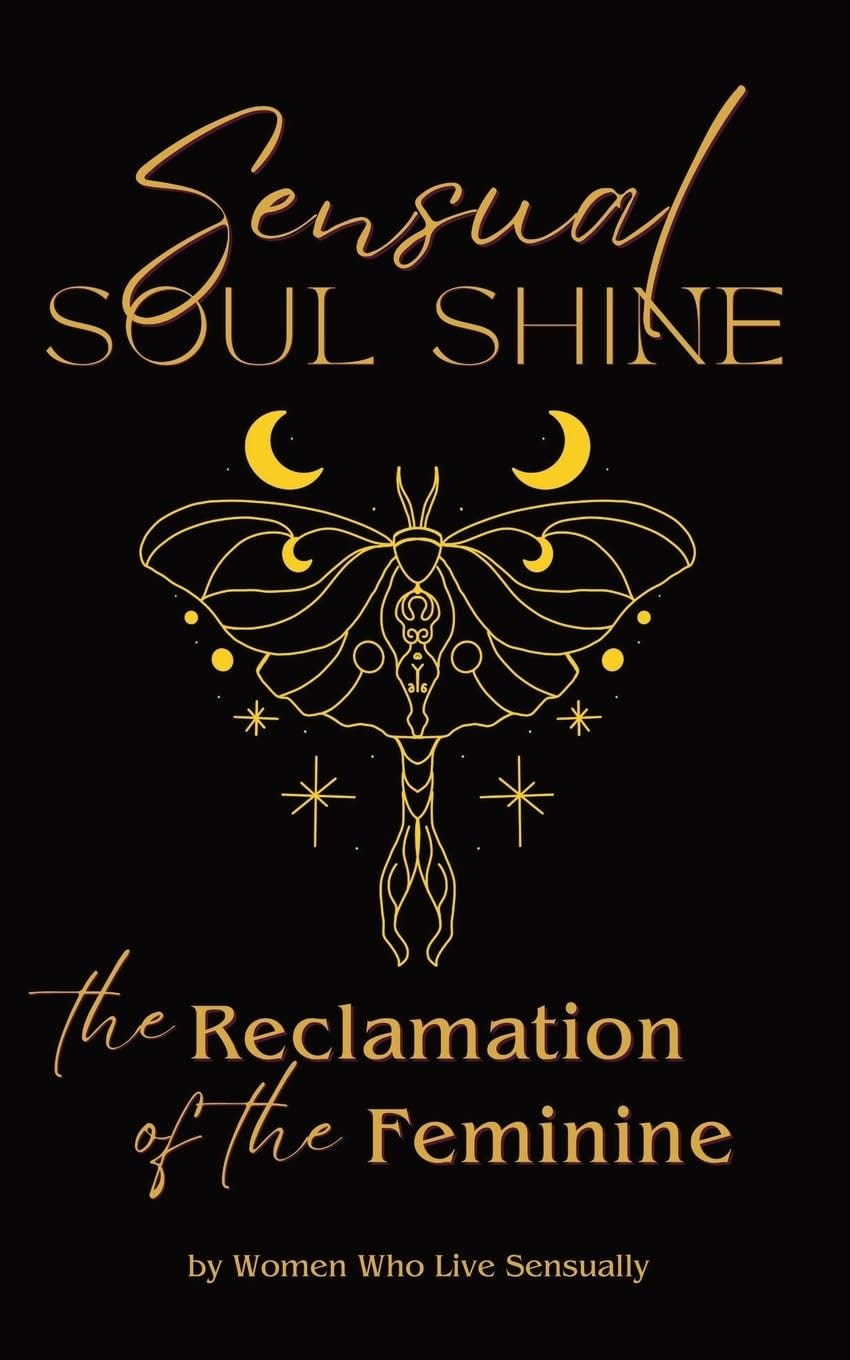
This is so beautiful Annette. So grateful for our time together, it was very special indeed. x
Beautiful writing, I have a feeling I'll be thinking about this over the coming days and weeks. Thank you. Hx